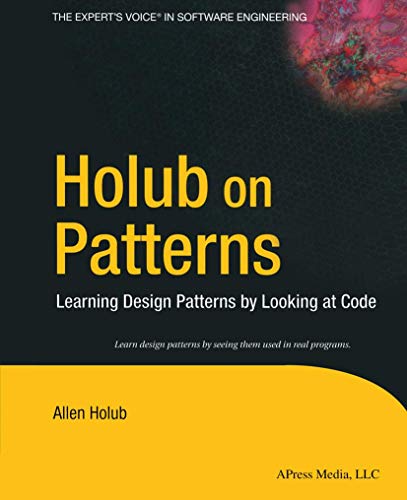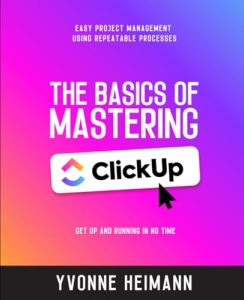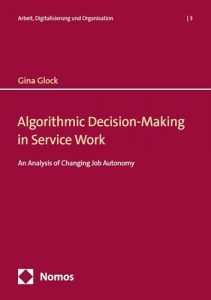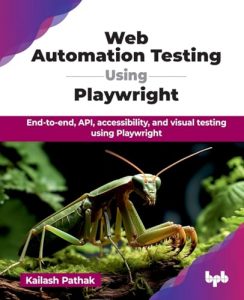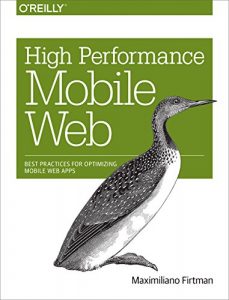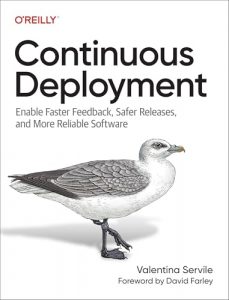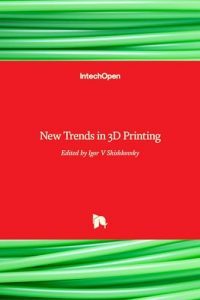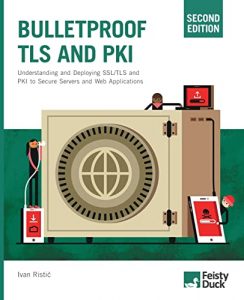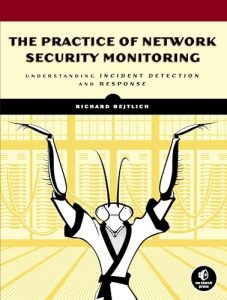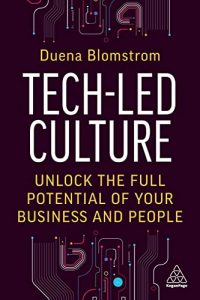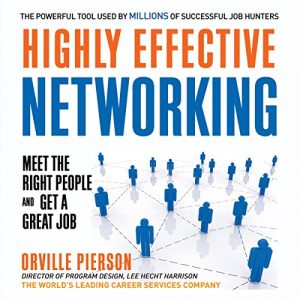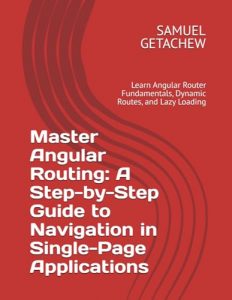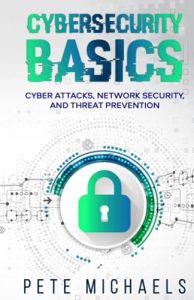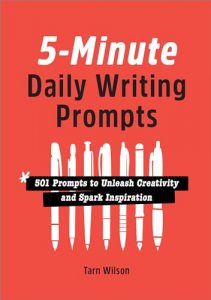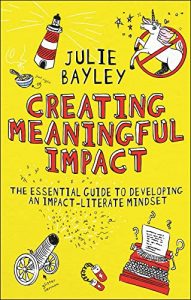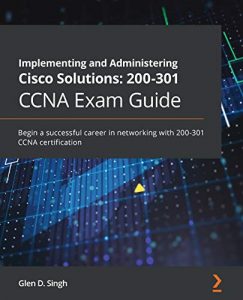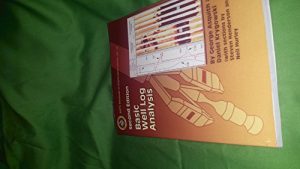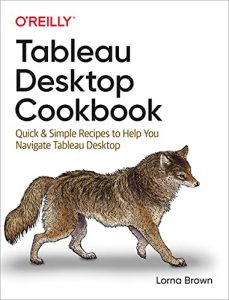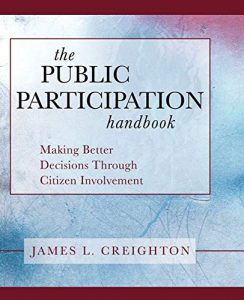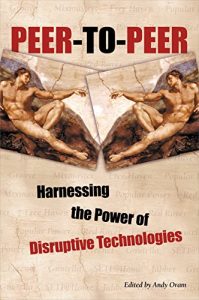1. Holub on Patterns: Learning Design Patterns by Looking at Code
Written by Allen Holub, this book takes a fresh approach to understanding design patterns through real code examples. It emphasizes practical application over theory, making it a go-to for any programmer eager to enhance their design skills. Holub’s engaging writing style and knack for storytelling help demystify complex concepts, allowing readers to grasp design patterns effortlessly. The hands-on style ensures that learners can immediately apply the knowledge they gain, making this a must-read for both novice and experienced developers alike.
2. Hands-On Design Patterns with Java
Dr. Edward Lavieri’s “Hands-On Design Patterns with Java” provides an enriching experience for developers who wish to understand the intricacies of design patterns in the context of Java programming. The book combines theory with practice, guiding readers through essential patterns and their implementations. With practical examples and detailed explanations, Lavieri ensures readers not only learn but also apply their knowledge through interactive projects. This hands-on approach makes it essential for any developer looking to solidify their understanding of design patterns in Java.
3. STL Pocket Reference: Containers, Iterators, and Algorithms
Ray Lischner’s “STL Pocket Reference” is an invaluable resource for anyone working with the C++ Standard Template Library (STL). With its concise and clear explanations, this book serves as a reliable companion for programmers seeking quick answers about containers, iterators, and algorithms. Its pocket-sized format makes it perfect for quick reference during coding sessions. Lischner’s expertise is evident in the way he distills complex ideas into understandable segments, making it an essential read for both beginners and seasoned C++ developers.
4. Designing with Objects: Object-Oriented Design Patterns Explained with Stories from Harry Potter
Avinash C. Kak’s “Designing with Objects” combines storytelling and programming to present object-oriented design patterns in a unique way. Using familiar tales from the Harry Potter series, Kak draws parallels between narrative and design principles, making complex patterns relatable. This insightful approach not only educates but also entertains, allowing readers to see the applicability of design patterns in their coding practices. It’s an engaging read for any programmer looking to deepen their understanding of object-oriented design.
5. Java Program Design: Principles, Polymorphism, and Patterns
In “Java Program Design,” Edward Sciore delves into core software engineering principles focusing on Java. This book captures essential topics such as polymorphism and design patterns, allowing developers to gain a comprehensive understanding of the language’s capabilities. Sciore’s clear explanations, combined with illustrative examples, make it easier for readers to grasp and apply principles effectively. A valuable resource for intermediate programmers, this book promises to elevate your Java programming skills to new heights.
6. Rust Quick Start Guide: The easiest way to learn Rust programming
Daniel Arbuckle’s “Rust Quick Start Guide” serves as an ideal introduction to one of the most promising programming languages today. This guide is tailored for beginners, providing straightforward explanations and clear examples. Arbuckle breaks down the essentials of Rust, making it accessible for those without prior programming experience. With practical exercises, this book equips readers with the knowledge to start coding in Rust confidently. It’s an essential entry point for anyone interested in modern programming.
7. Real-Time UML Workshop for Embedded Systems (Embedded Technology)
Bruce Powel Douglass’s “Real-Time UML Workshop for Embedded Systems” is an essential read for anyone involved in embedded systems and software engineering. This book discusses UML in a practical context, providing templates, examples, and exercises to help develop real-time systems design skills. Douglass addresses common challenges and integrates real-time theories with practical applications, allowing readers to bridge the gap between concept and implementation seamlessly. This book is a must-have for veterans in the field as well as those just starting their journey.
8. Practical Modern JavaScript: Dive into ES6 and the Future of JavaScript
Nicolas Bevacqua’s “Practical Modern JavaScript” offers a comprehensive guide to contemporary JavaScript usage. Perfectly aligning with the ES6 standard, this book introduces developers to the advanced features and best practices of modern JavaScript programming. Bevacqua’s practical insights and clear, engaging teaching style make it invaluable for anyone looking to stay relevant in the evolving tech landscape. Whether you’re a seasoned developer or new to JavaScript, this book provides essential tools to enhance your coding experience.
9. Rust Essentials
“Rust Essentials” by Ivo Balbaert offers a thorough introduction to the Rust programming language, shedding light on its unique features and advantages. The book covers vital topics such as memory safety, concurrency, and effective management of resources, making Rust an appealing choice for developers concerned about performance and safety. Balbaert’s clear and concise writing is paired with practical examples, helping readers solidify their understanding and apply their knowledge in real-world scenarios. This resource is essential for anyone looking to master Rust.

